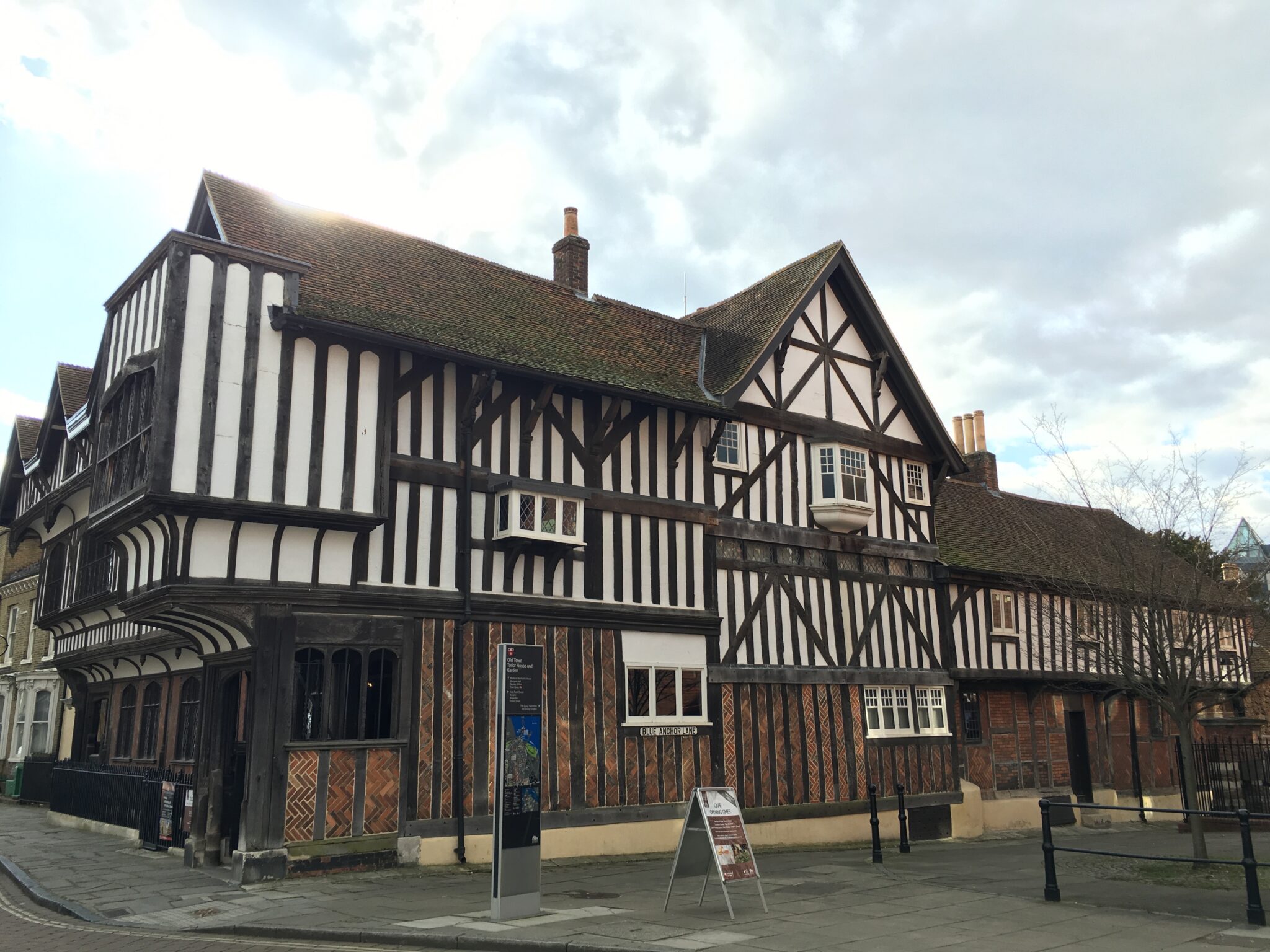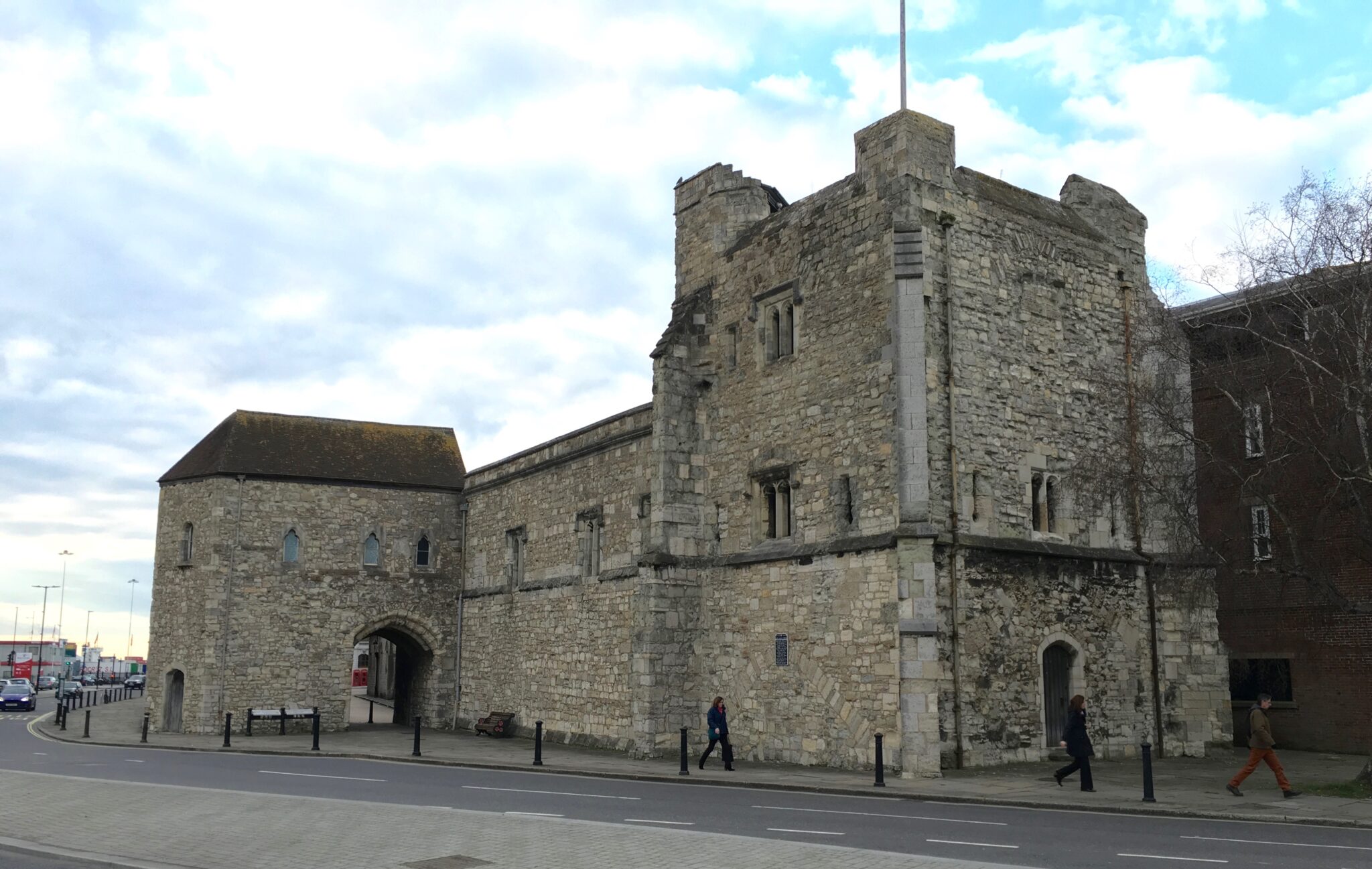Southampton: The Jane Austen Heritage Trail Tour
Our reason for visiting Southampton three weeks ago was not just for the Titanic Trail Tour but also for the Jane Austen Heritage Trail Tour, and many other historical landmarks the city has to offer. Southampton, situated 75 miles southwest of London, is the largest city in Hampshire County and famous for its association with the ill-fated ship RMS Titanic. Southampton has always been a major port in Britain and is widely known as the cruise capital of Europe. The city is also home to the longest surviving stretch of medieval walls in England, and offers a very fascinating self-guided walking tours with impressive cultural offering from art galleries, museums, parks, to important historical landmarks and fantastic shopping facilities.
My favourite English novelist Jane Austen (the author of Pride & Prejudice, Sense and Sensibility, Mansfield Park, etc.) had close associations with Southampton. The author spent many holidays in Southampton and subsequently moved to live in the city after the death of her father. Jane grew up in a Christian home, her father was a preacher, and her life revolved around the church, home, and the local community they lived in. After the death of Jane’s father, her mother had decided to settle temporarily in Southampton with her son Frank, a naval captain. The Austens lived in a house in Castle Square for a couple of years (1807-1809), which was rented from the Marquess of Lansdowne. However brief her stay in the city, Southampton takes great pride in Jane Austen connections. Ten years ago the city had established a trail in Jane’s honour bringing together locations and buildings associated with one of England’s famous writers during the time she spent in Southampton.
The heritage trail starts at the Bargate, an old medieval entrance to the city, where a plaque tells of Austen’s first visit to the city as a schoolgirl, aged seven, together with her cousin.
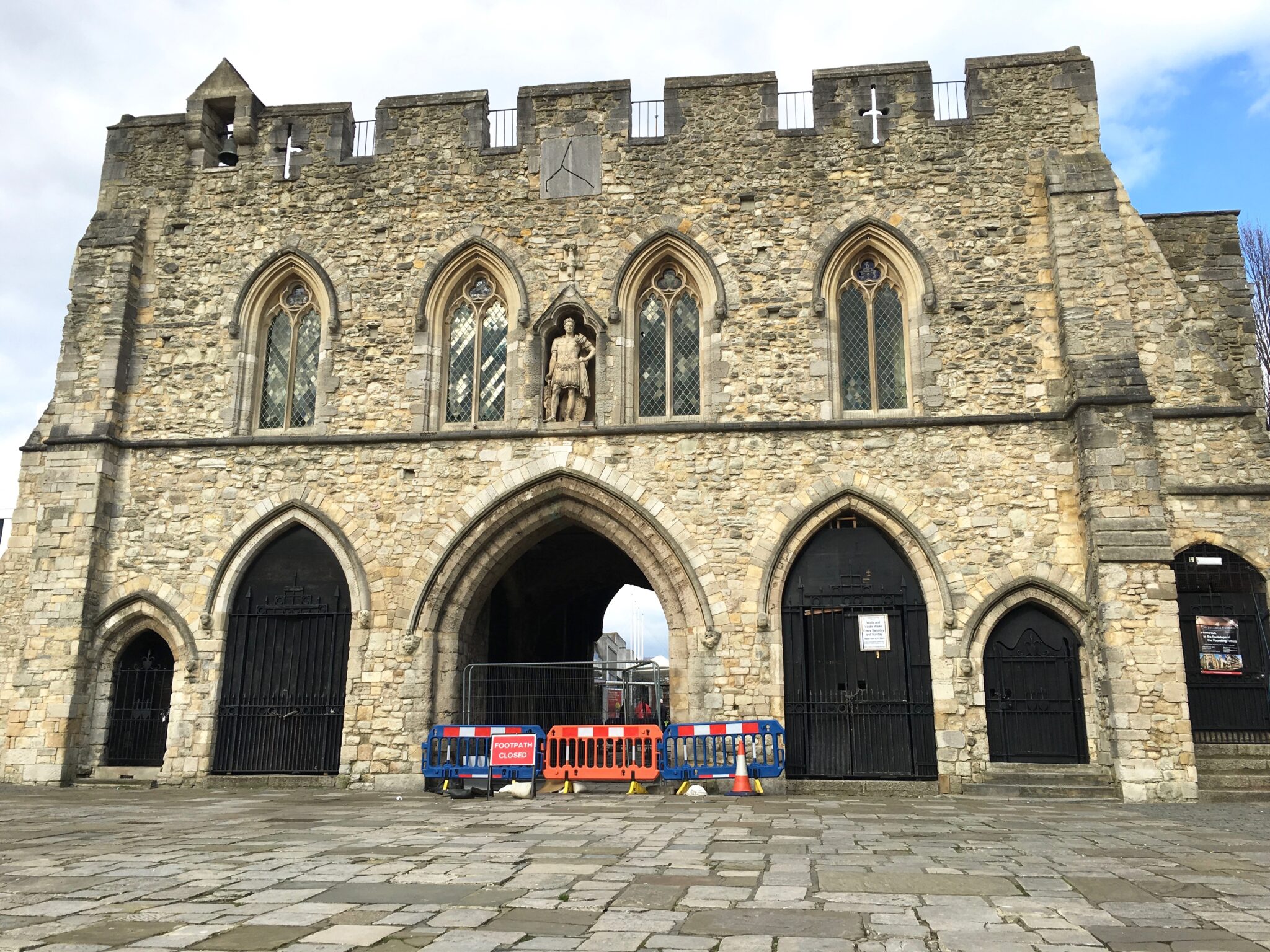 The plaque in front of Bargate marks the place where seven year old Jane, her sister and cousin attended a nearby school run by a Mrs Ann Cawley, only to return home again after a few weeks when the school was closed down after an outbreak of typhus. The school is no longer in existence today.
The plaque in front of Bargate marks the place where seven year old Jane, her sister and cousin attended a nearby school run by a Mrs Ann Cawley, only to return home again after a few weeks when the school was closed down after an outbreak of typhus. The school is no longer in existence today.
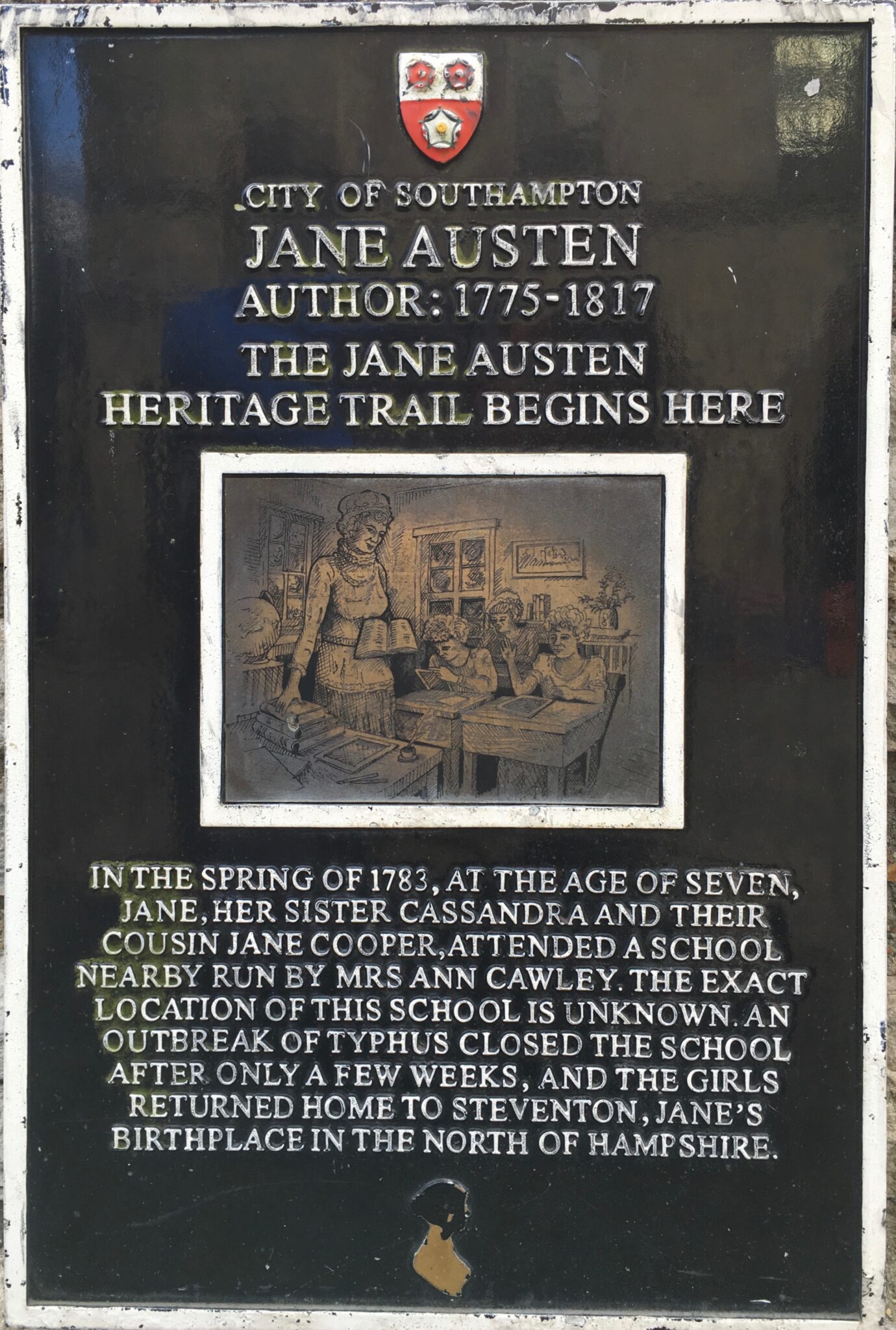 The Austen family worshipped at All Saints Church, a Georgian building destroyed during the blitz, Second World War bombing. It was just a few steps away from the St Michael’s Church, picture below.
The Austen family worshipped at All Saints Church, a Georgian building destroyed during the blitz, Second World War bombing. It was just a few steps away from the St Michael’s Church, picture below.
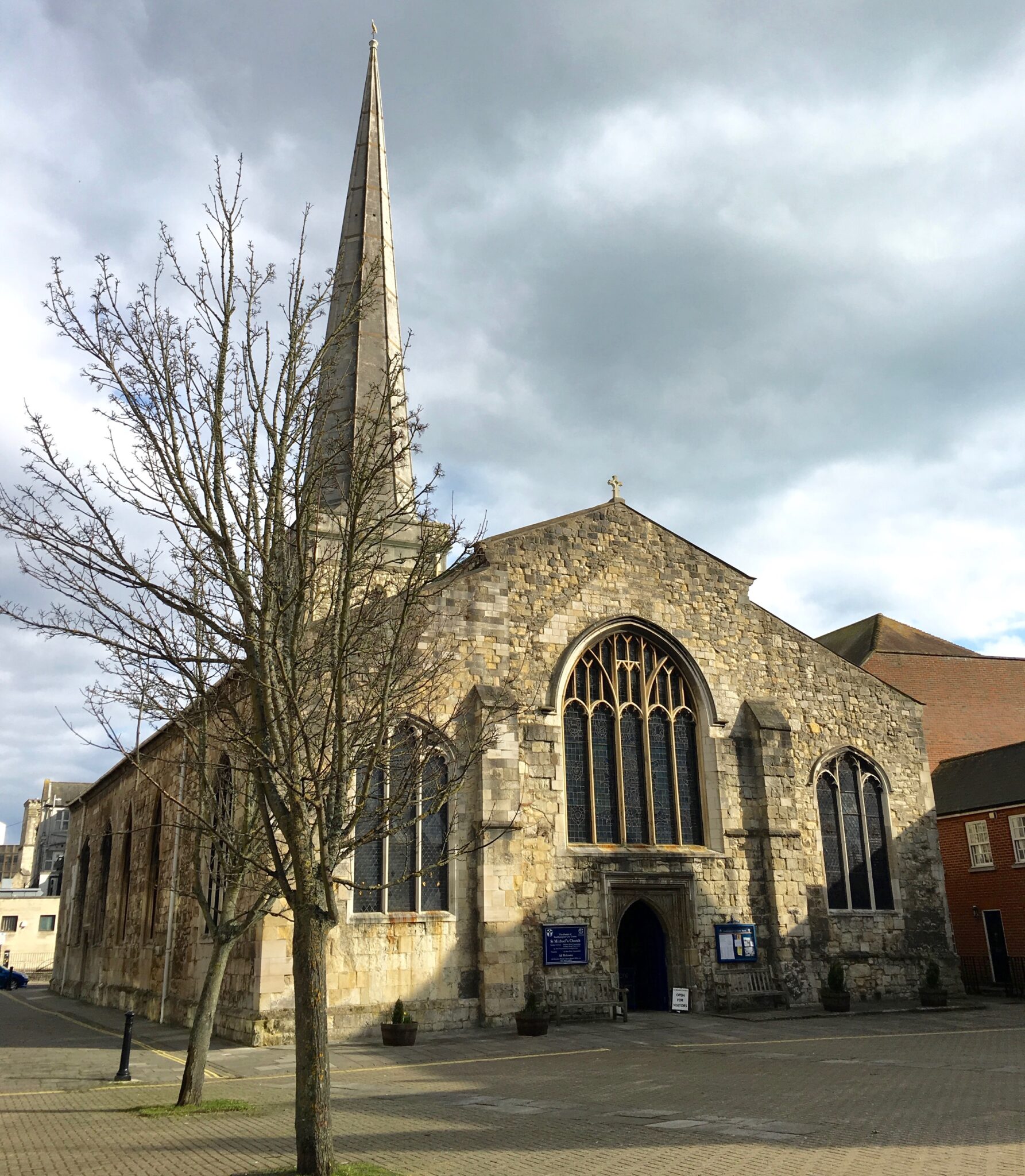
The Botanical Gardens, Old Theatre Royal, and other important locations associated with Jane Austen have all been destroyed during the Second World War but several plaques were placed in 2006 to trace the footsteps of the famous author. I was quite disappointed to discover that almost all of these historical sites are no longer in existence today.
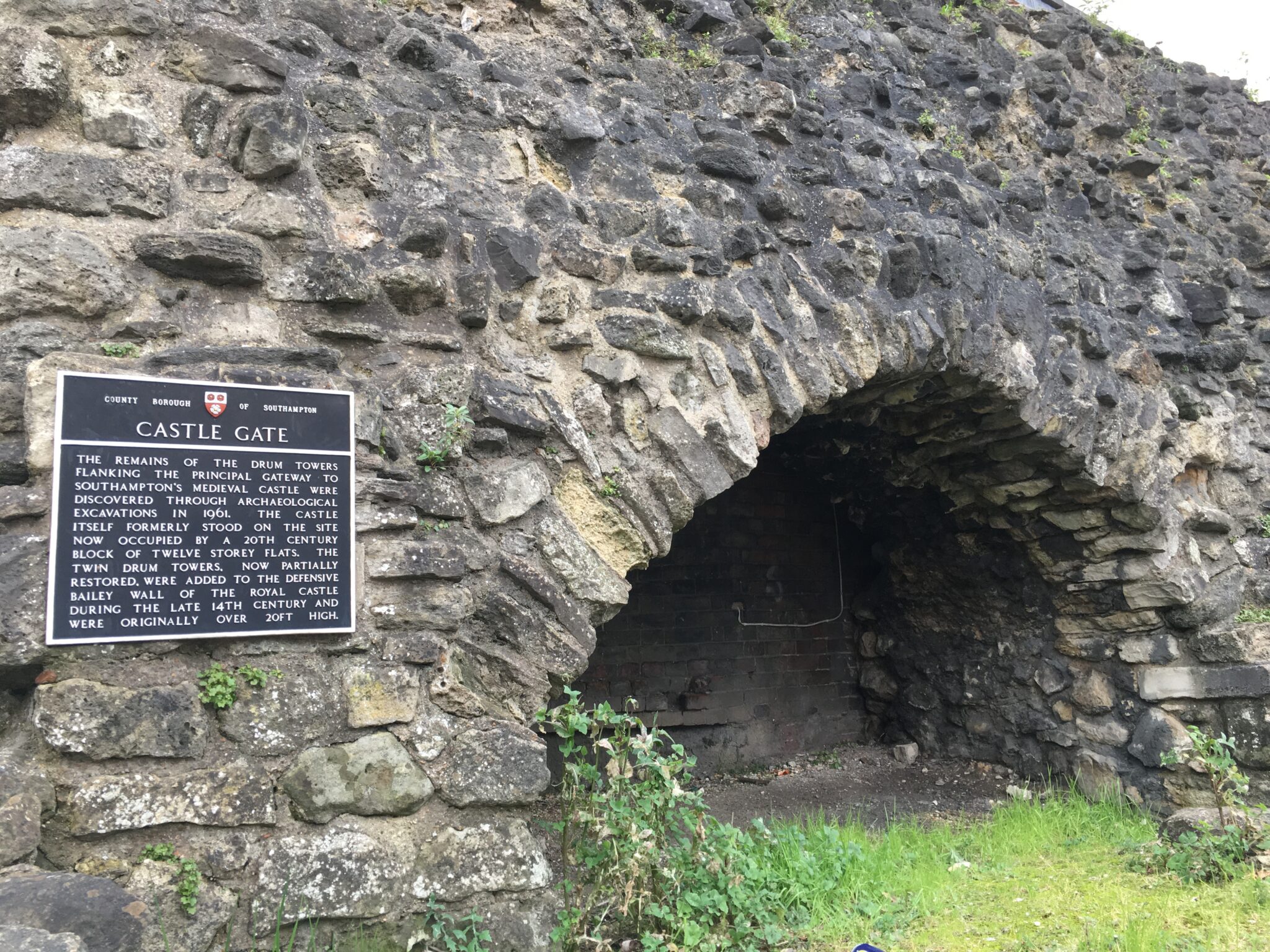 When the Austens lived in Castle Square part of the castle was still standing. None of it remains today, save part of the outer wall.
When the Austens lived in Castle Square part of the castle was still standing. None of it remains today, save part of the outer wall.
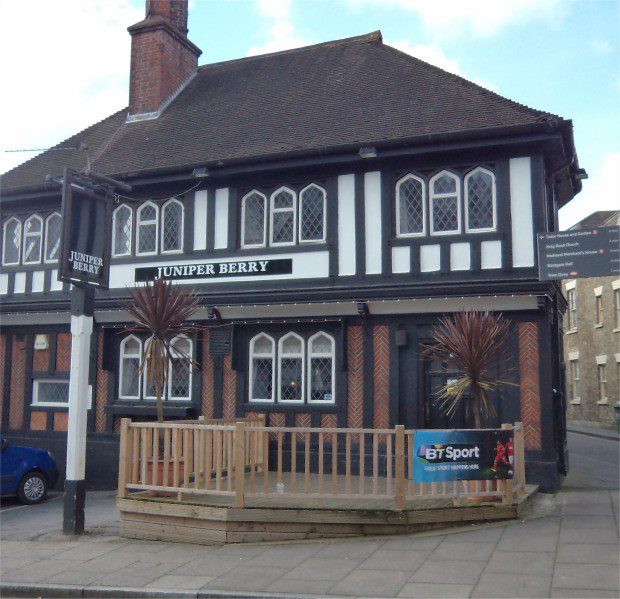
The old Theatre Royal, near the Medieval Merchant’s House (photo below), was a favourite of Jane and her family, and it is known that the Austen family attended a production there on September 14, 1807.
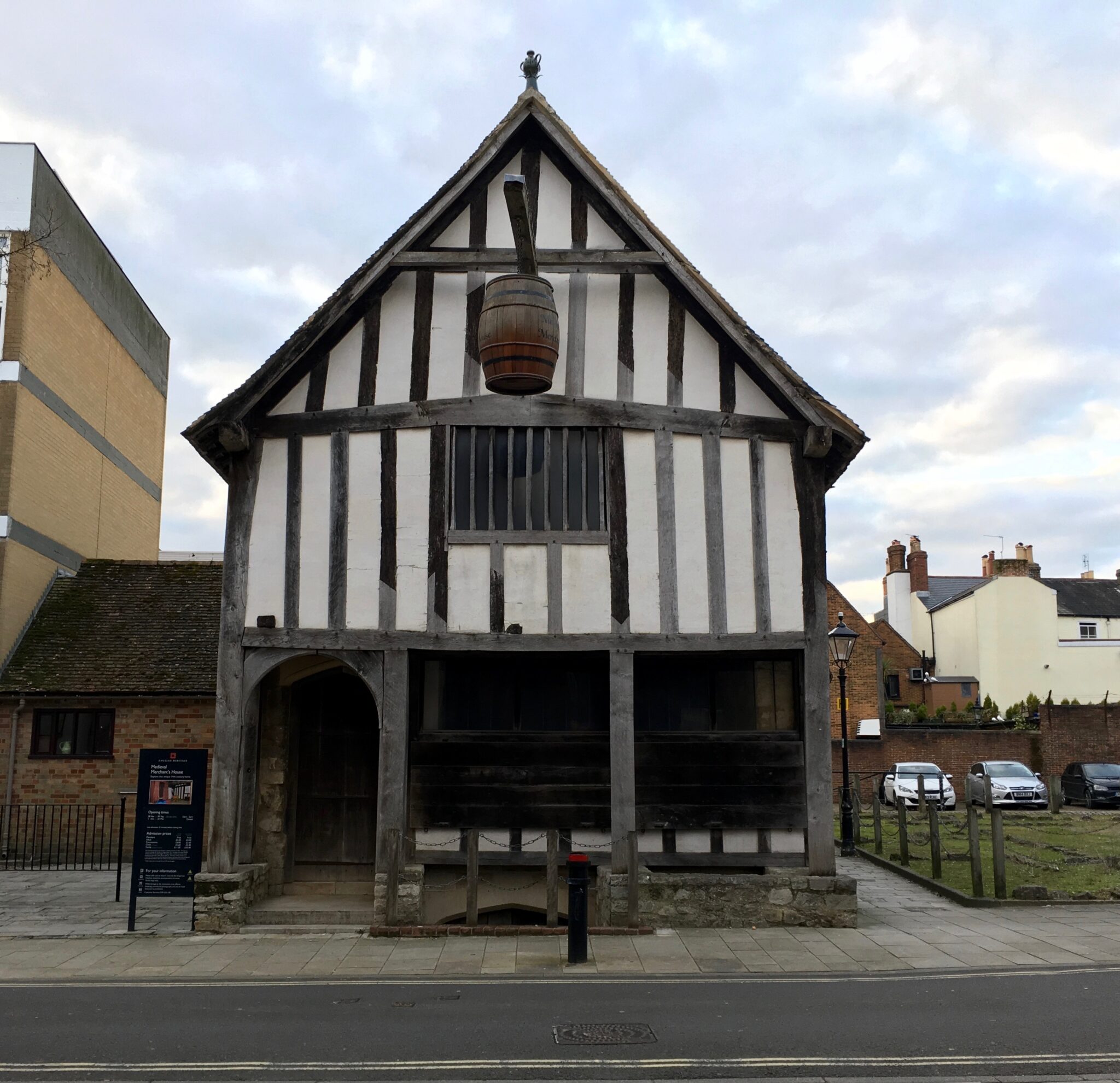
There are eight plaques each at the locations associated with Jane Austen.
 The final place on the heritage trail is the Dolphin Hotel in High Street, a building visited by the Austens that still remains today, and where Jane celebrated her 18th birthday at a dance in the first floor ballroom.
The final place on the heritage trail is the Dolphin Hotel in High Street, a building visited by the Austens that still remains today, and where Jane celebrated her 18th birthday at a dance in the first floor ballroom.
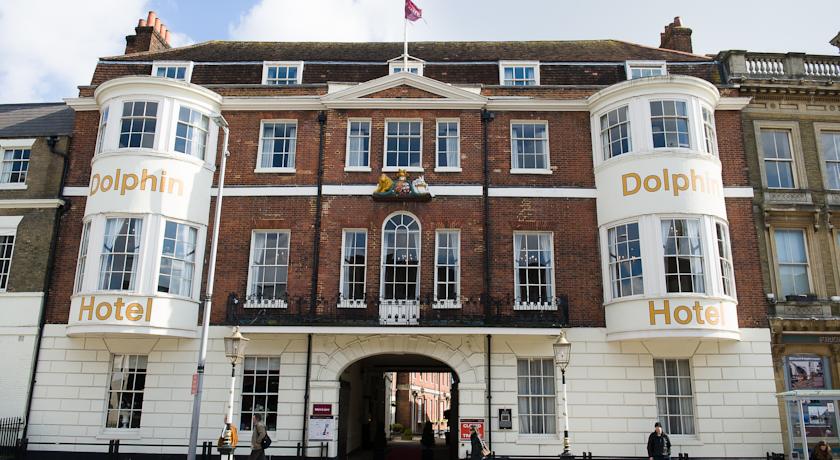 Our visit to Southampton was one of the most enjoyable day trips we’ve done in England. There’s so much to see there and we plan on going back again another time to explore more of the city’s historical landmarks. The following photographs show how old the city is. Southampton is indeed steeped in history. It is a very charming old little town that’s clean, peaceful and a place I don’t mind going back to every now and again.
Our visit to Southampton was one of the most enjoyable day trips we’ve done in England. There’s so much to see there and we plan on going back again another time to explore more of the city’s historical landmarks. The following photographs show how old the city is. Southampton is indeed steeped in history. It is a very charming old little town that’s clean, peaceful and a place I don’t mind going back to every now and again.
